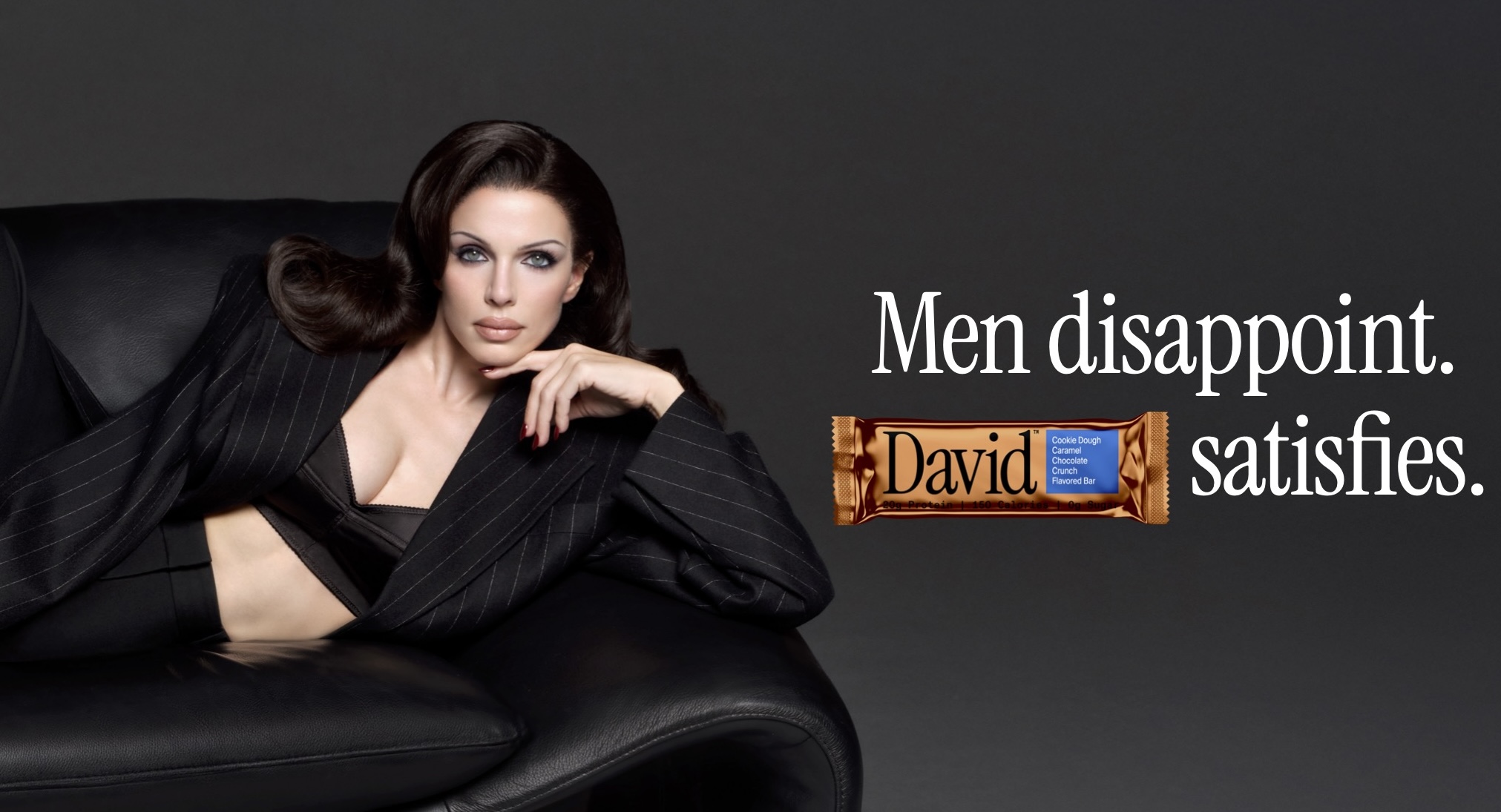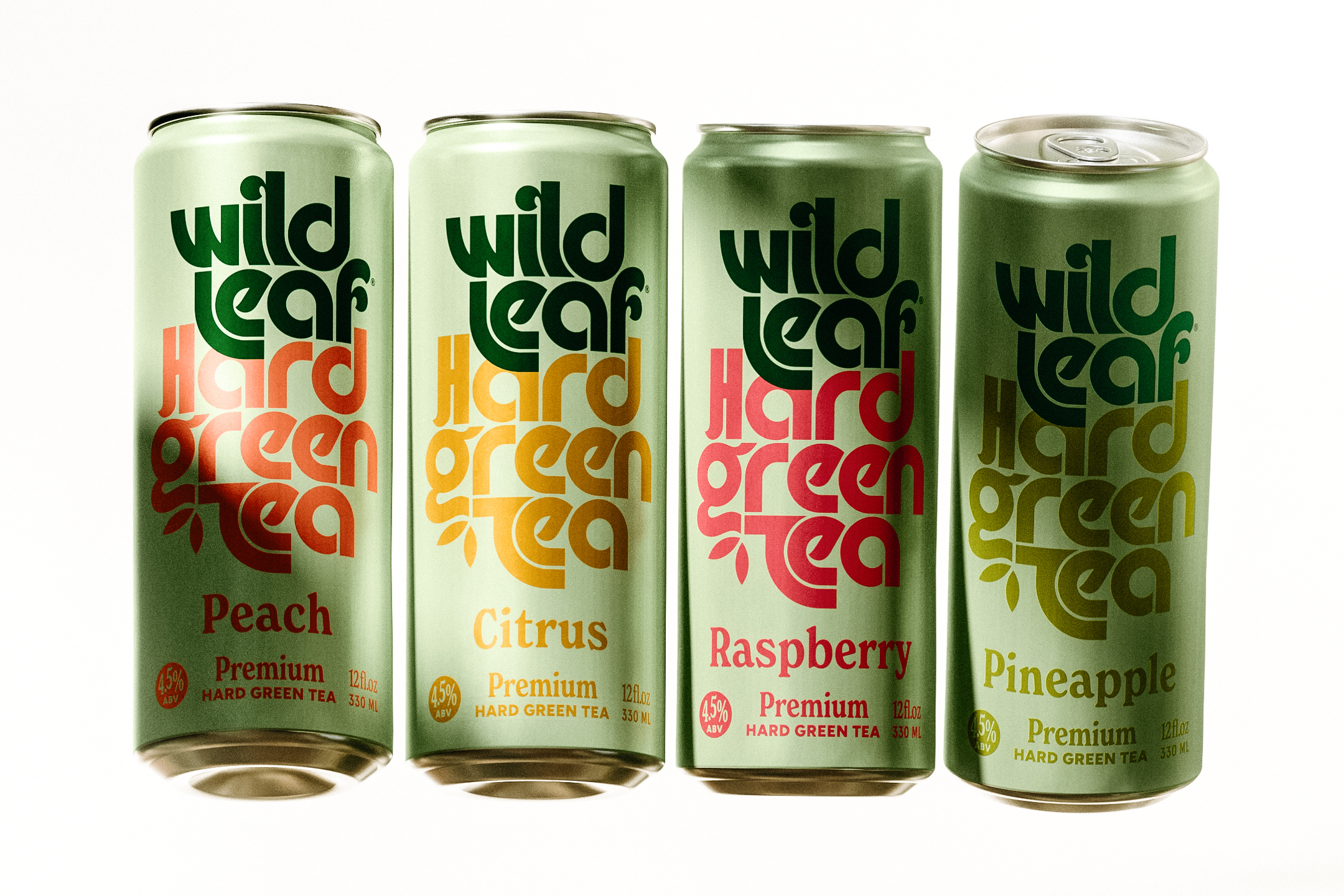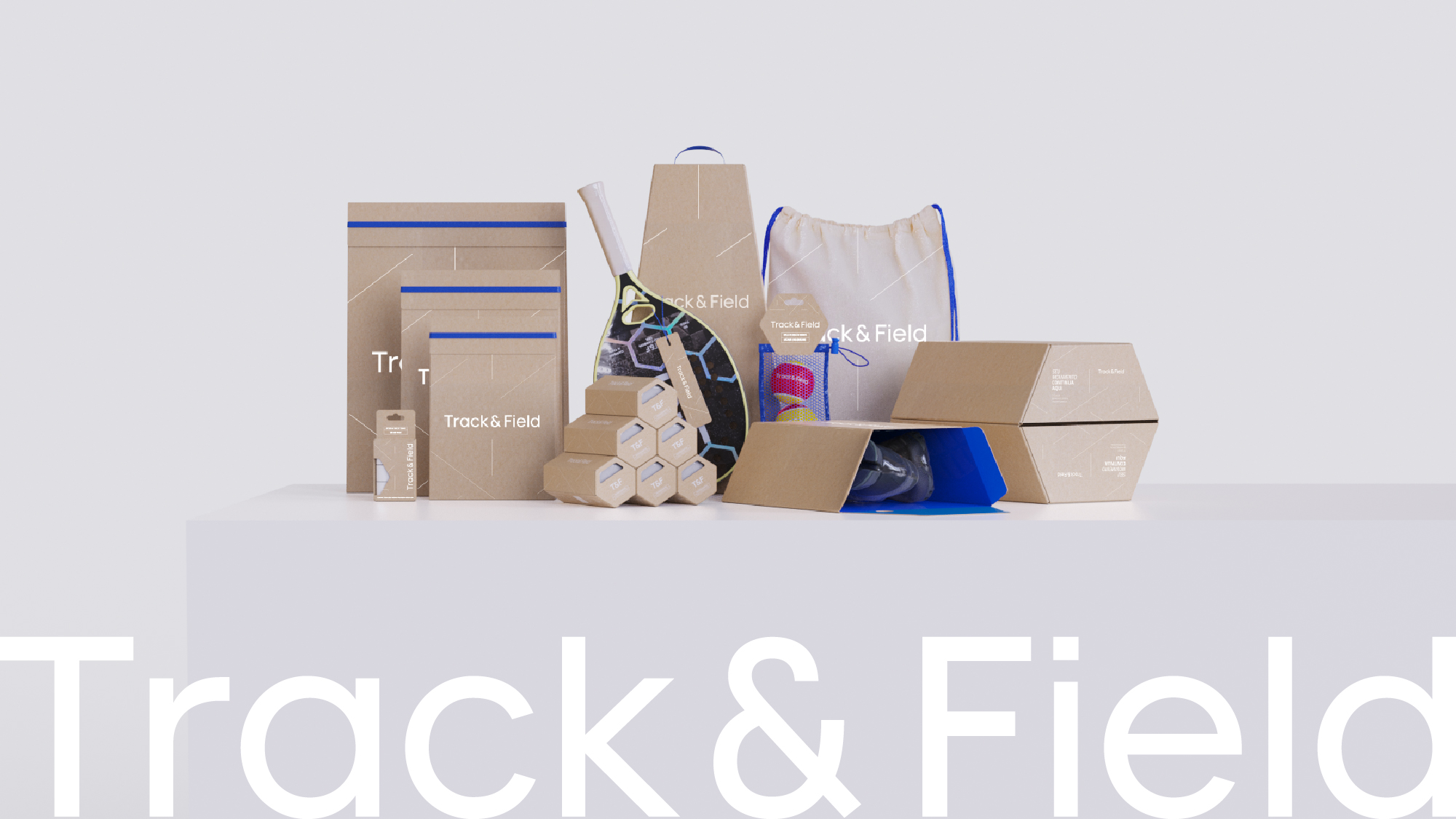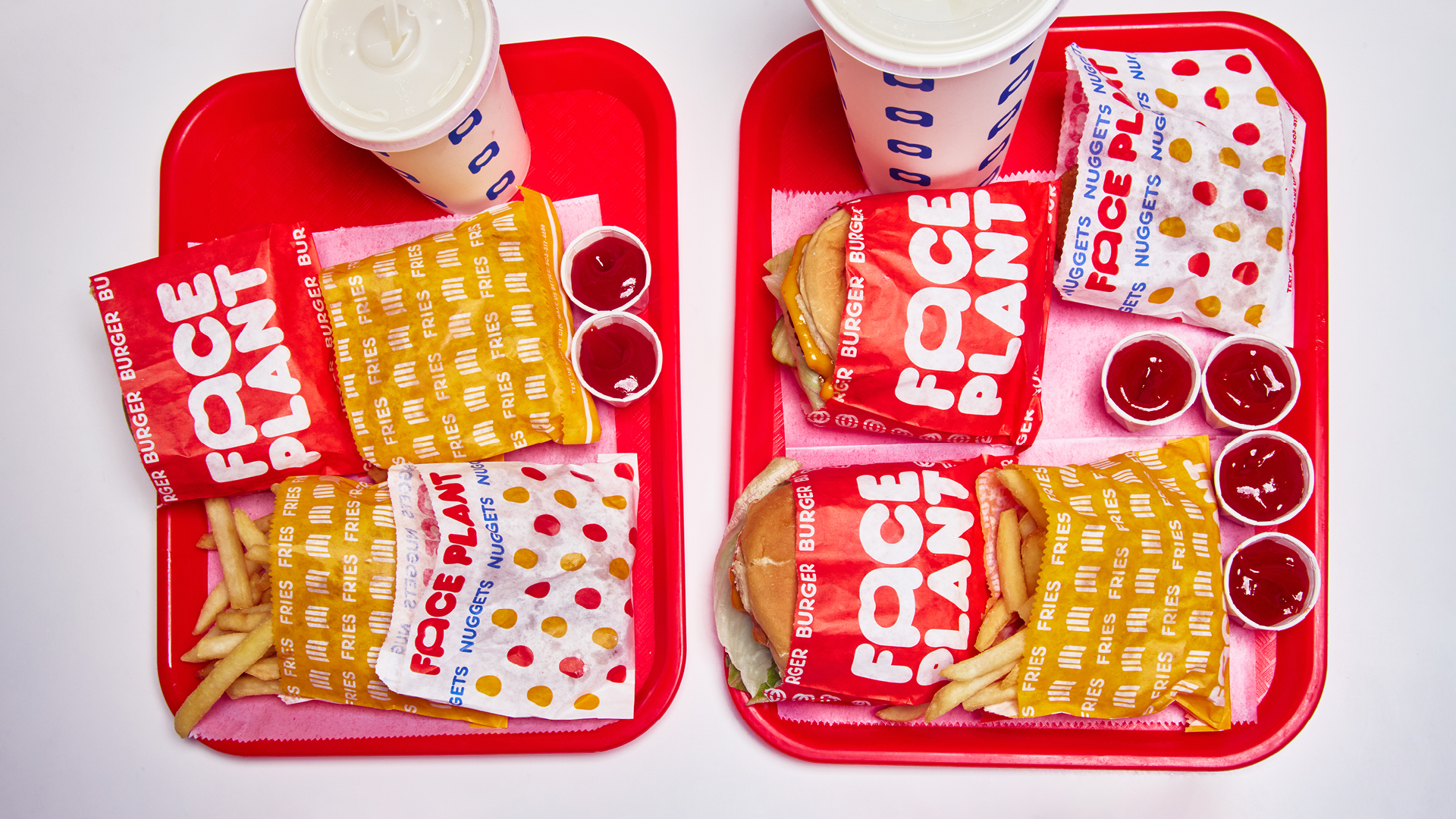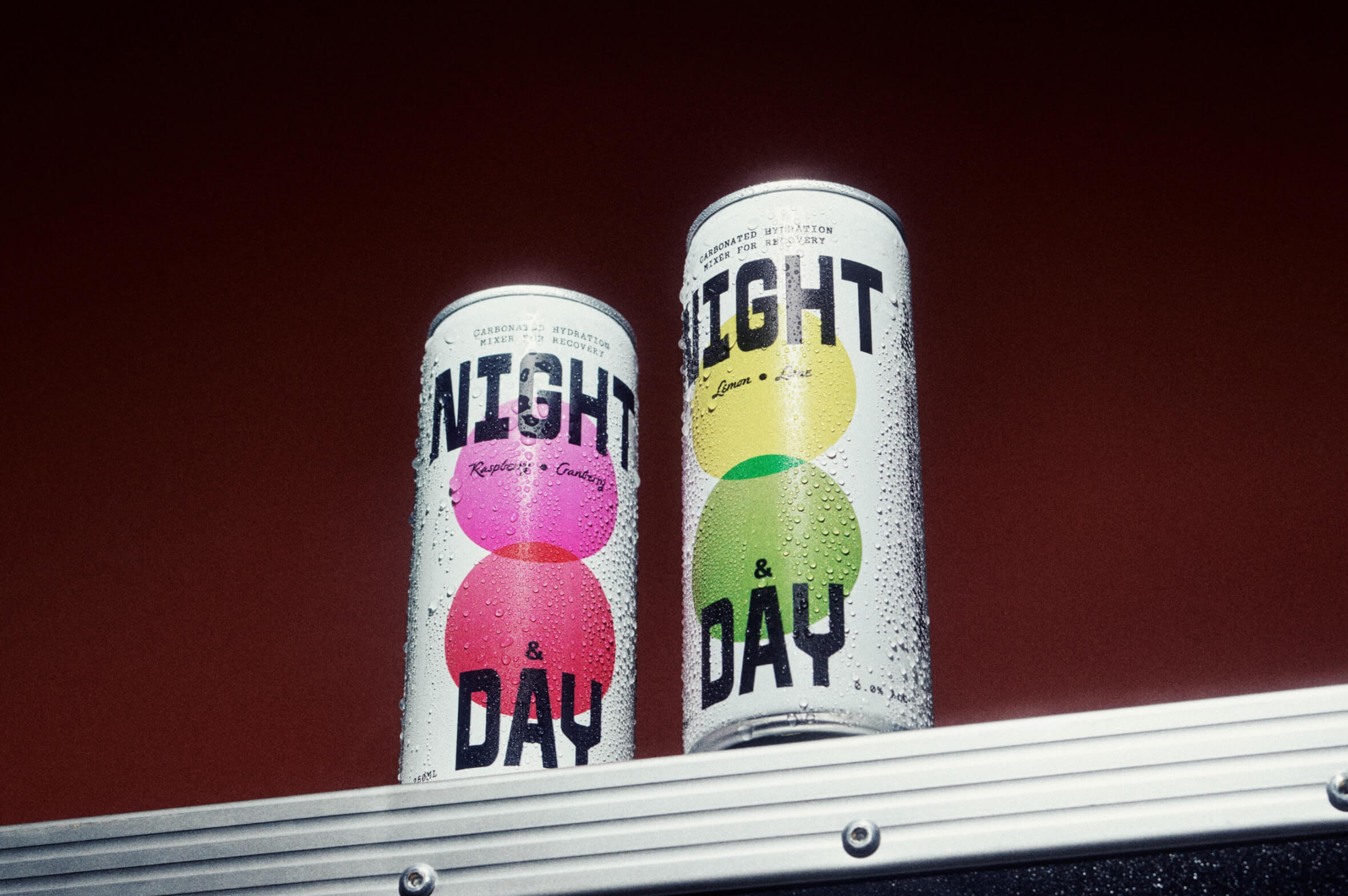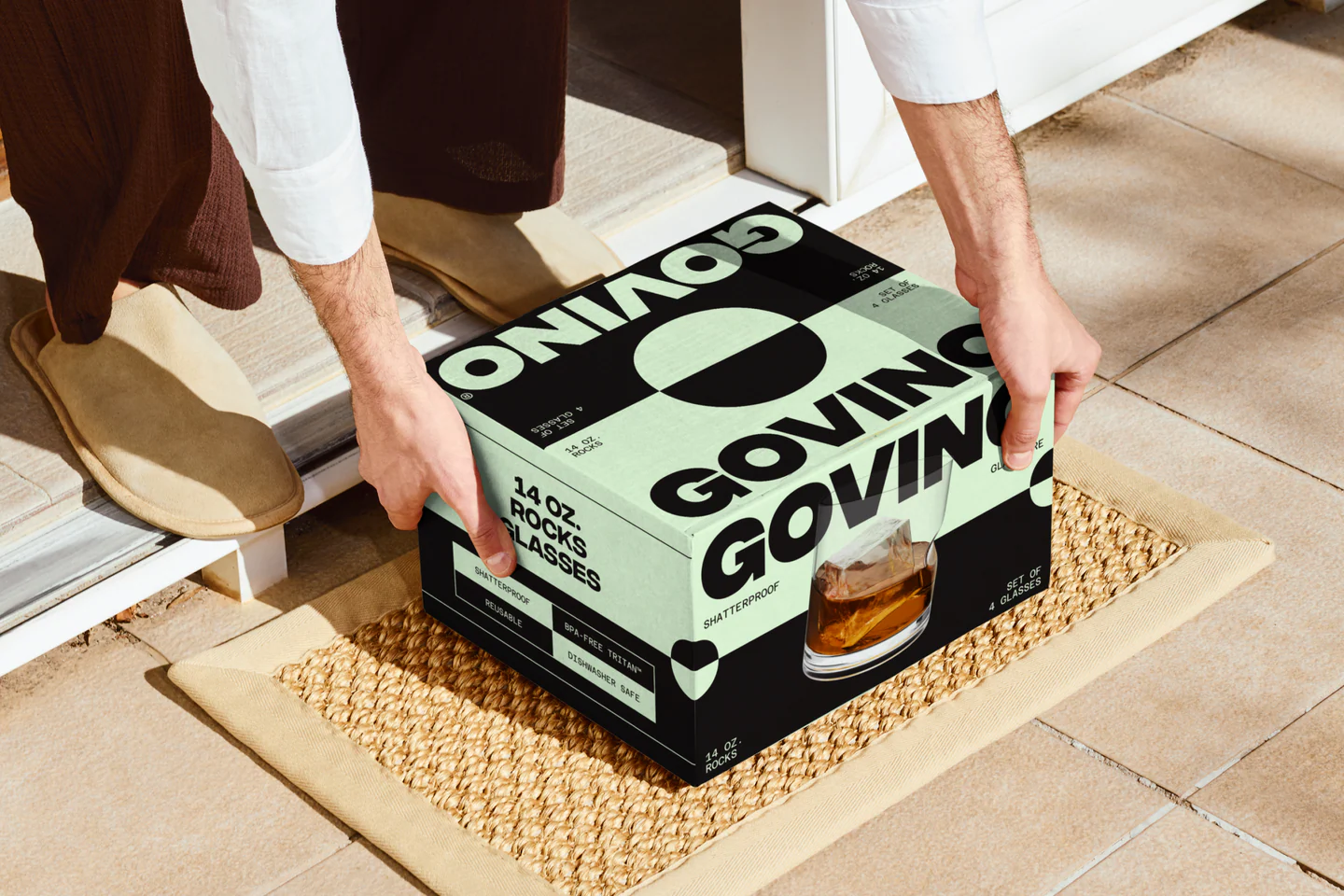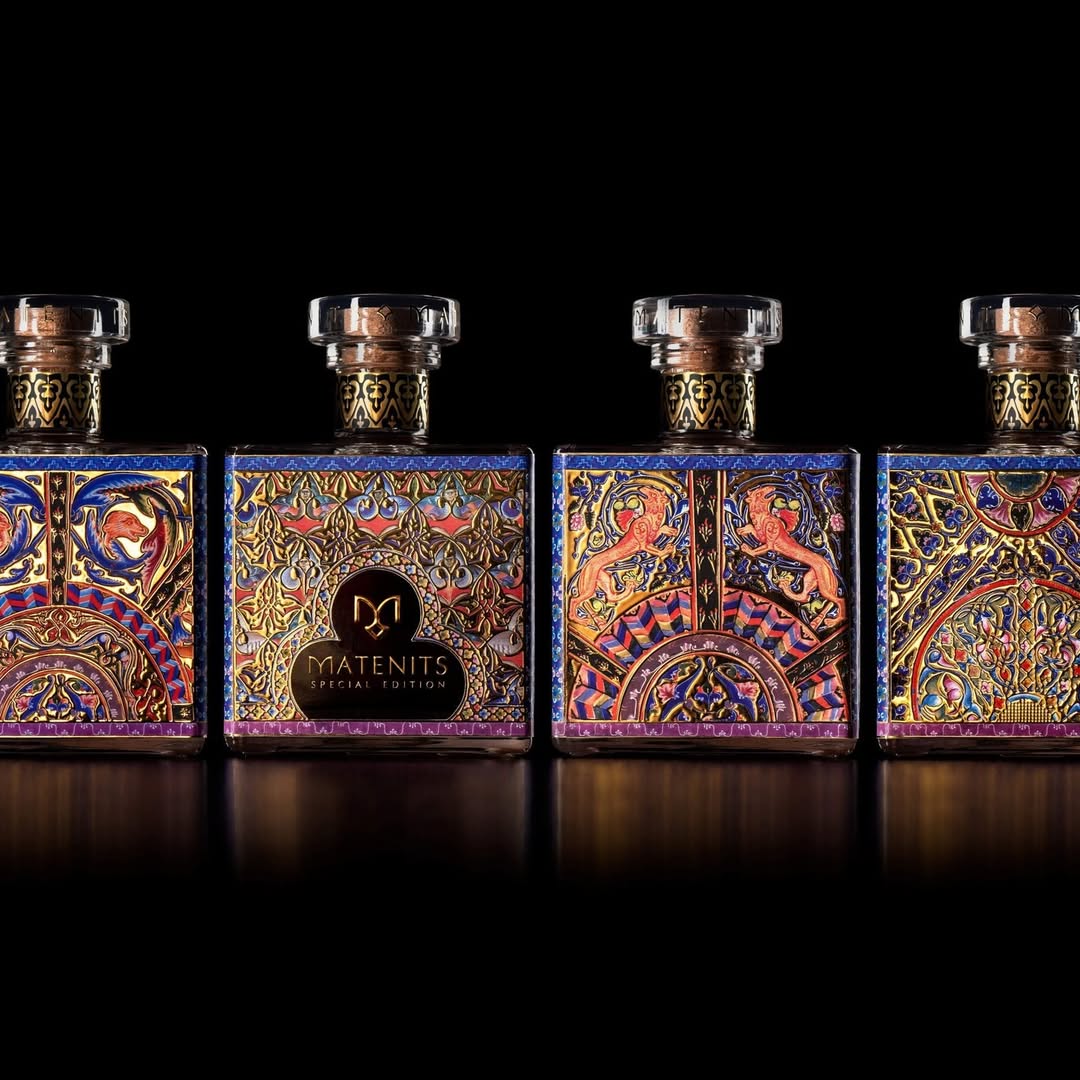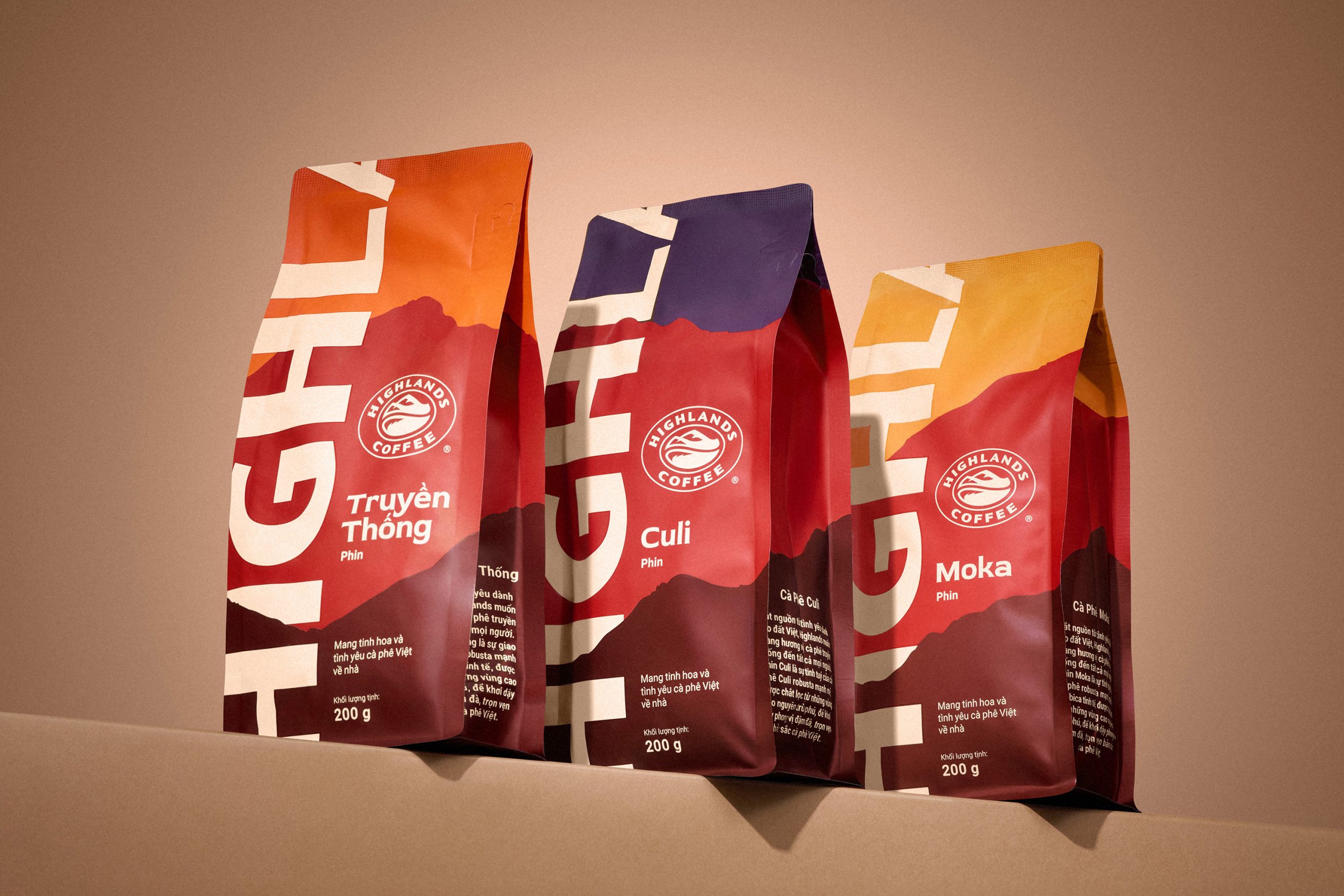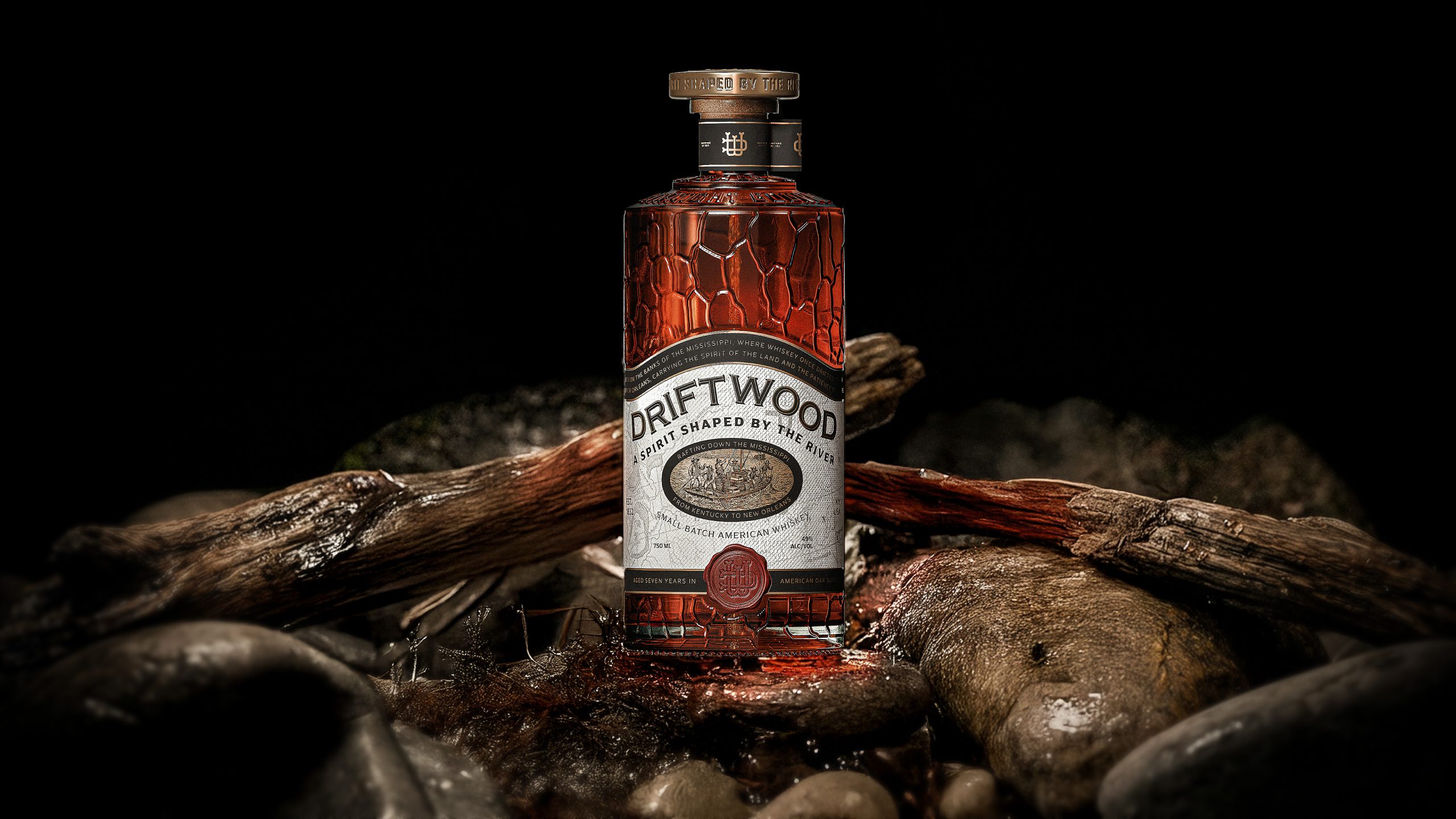The best thing about trend reports is that you get to talk about the future. Every cliche about capital-B BIG ideas and reaching for the stars applies, and you really don’t have to discuss the year before.
And then 2020 happened.
We’ll spare you the recap since we’re all still very much living through it. But it’s worth mentioning that it was a year that fundamentally broke us, and the global pandemic laid bare how many of the systems we rely upon are in desperate need of repair, in addition to rampant economic inequality and systemic racism. Our problems are many, and if you need to go check out the Calm app on your phone at this very second, believe us, we get it.


